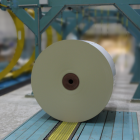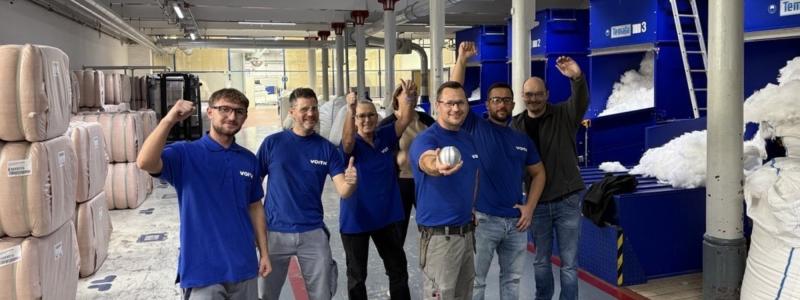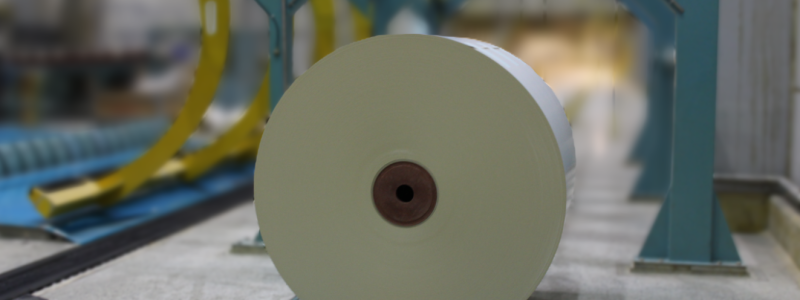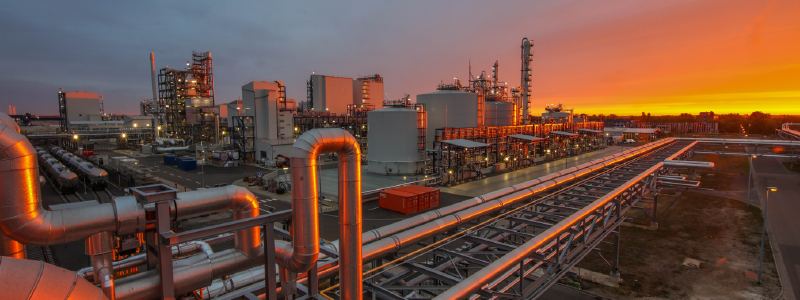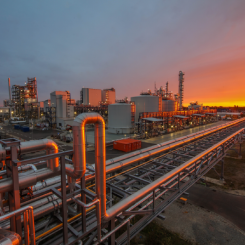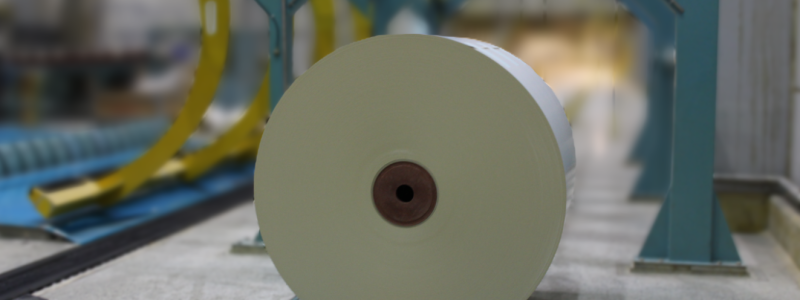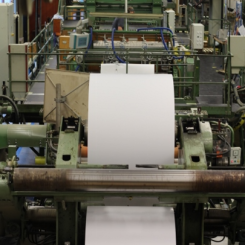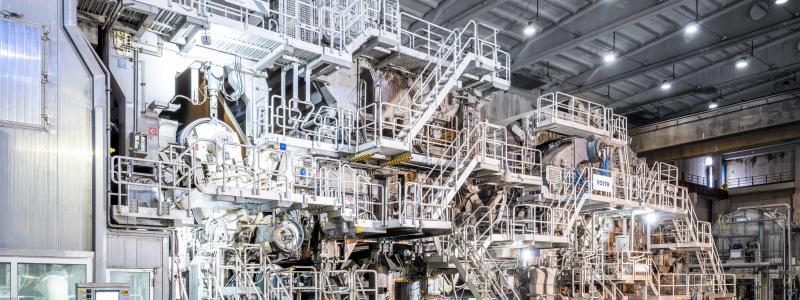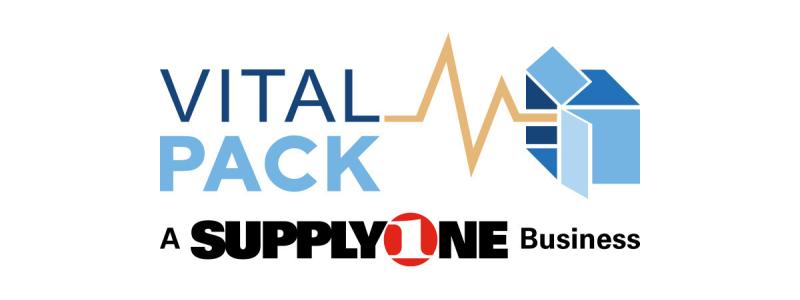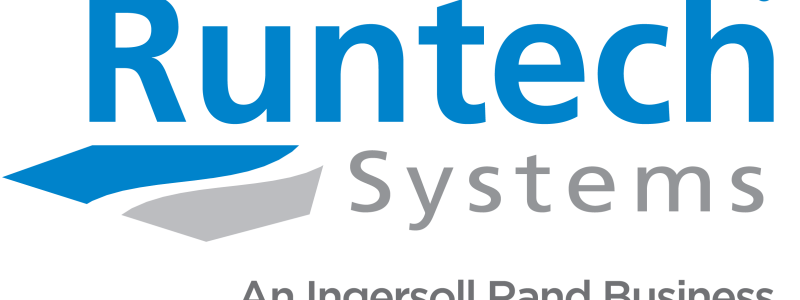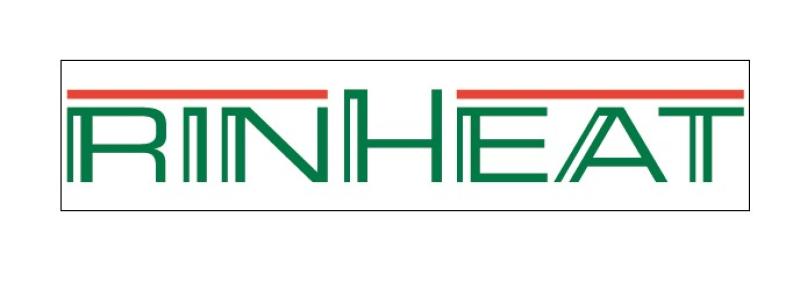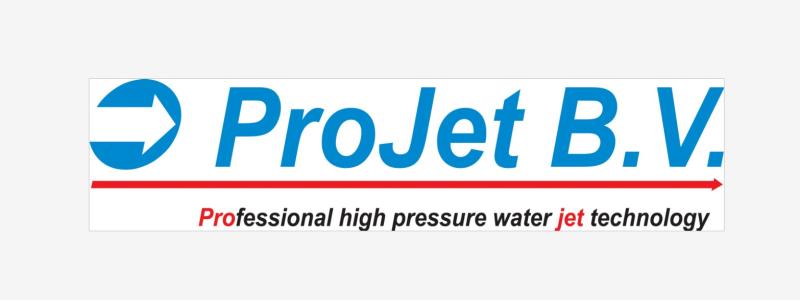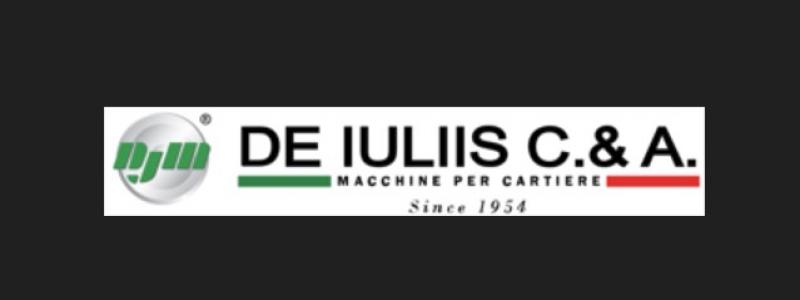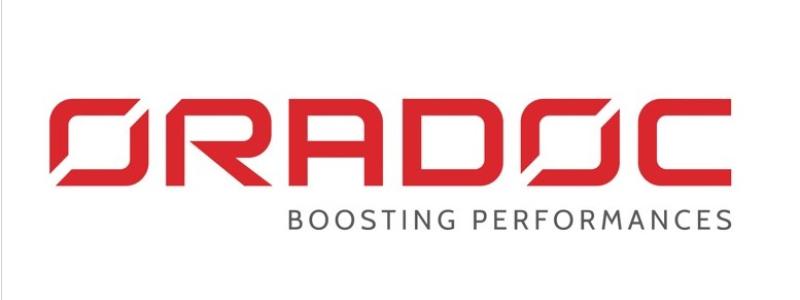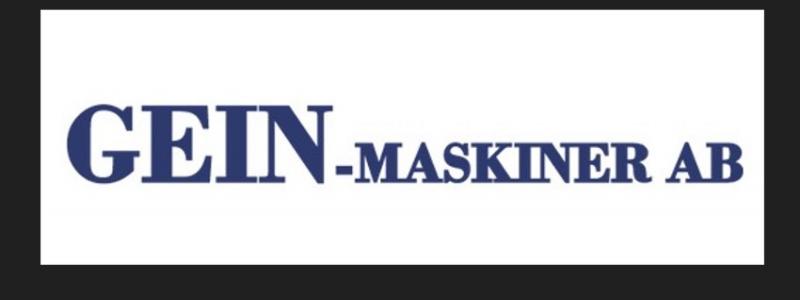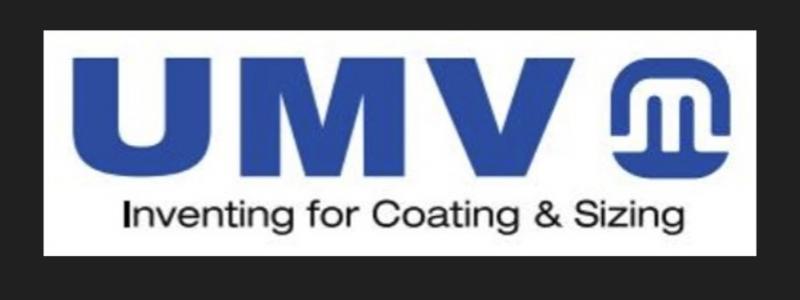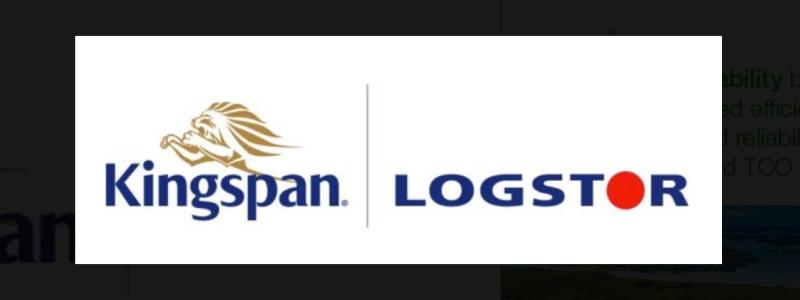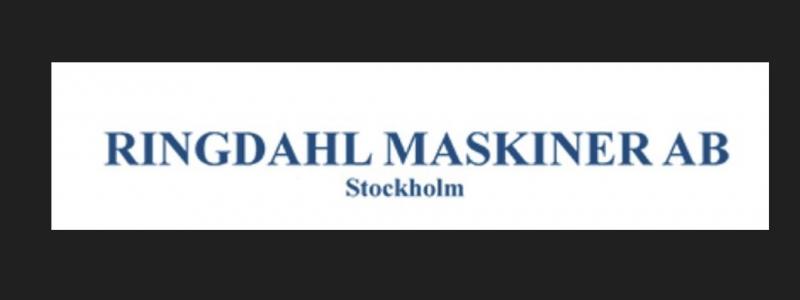Dryness is a term associated with paper web profiles, but did you know it also applies to steam?
This article describes a new method that is currently being tested in the Swedish paper industry but can of course be applied in all industries that use steam.
Paper machines are basically a large dewatering process where stock, a pulp fiber suspension with around 99% water is transformed into paper with a dry content of over 90 percent. The dewatering takes place in three consecutive steps Forming, Press and Dryer section.

Harnessing steam and condensate
The dryer section with its various groups of steam cylinders is by far the largest energy consumer. As its name suggests it dries the paper by a series of internally steam-heated cylinders that evaporates moisture in the paper web. It is more than half the length of the machine and represents almost half the capital investment. But the auxiliary steam infrastructure is not necessarily new and the fact that the boiler house lay remotely to the paper machine creates a lack of information about the steam quality. Quite often these are also two independent entities and steam is accounted for.
The correct drying profile for the desired basis weight on the paper web is controlled with temperature in the different cylinder groups. Temperature is regulated by the steam pressure. Good condensate removal from the cylinders are very important and is done with siphons in each cylinder. These require a certain differential pressure and enough blow-through steam in the cylinder to maintain a constant drainage of condensate which otherwise increase the heat resistance of the cylinder.
Wet steam and dryness
Steam flows, pressure and differentials are managed at all time but imagine if there also was a way for operators to see the supplied steam quality in real time. To quickly rule out problems with the steam supply at web breaks. Or to have as part of an online supervisory system at steady state conditions to detect early warning signs of wet steam. This is currently being evaluated at a non-disclosed papermill in Sweden. Through a single installation point in the steam header machine operators get the possibility to see the steam dryness amongst altogether 10 process values made available from the unit.
The function is called wet-steam measurement and monitors what is referred to as steam dryness. Quantifying the condensate percentage, or its inverse dryness, which is reported to the SCADA system as percent dryness. As example a steam boiler specification may guarantee 99,5% dryness and Endress+Hauser wet-steam measurement can monitor the actual dryness between 80 to 100%.
Condensate and contaminants
Condensate always occur in long steam systems arising from heat loss along the pipe system. Most often the boiler house is distant to the paper machine and steam travel great lengths outdoors on pipe racks, pipe bridges and across roofs. Hence functionality of steam traps and sloping of pipes becomes essential for removal of condensate and maintaining steam quality.
Steam quality can also be affected by carry over (priming) of boiler water salts that leave the drum in droplets at sudden load peaks. Contaminated steam can lead to stress corrosion and leave deposits that impinge functionality of steam traps, valves, rotating joints, cylinder´s and siphons. Deposits also acts as an insulator which is unfavorable for drying cylinders uniformity. Today mills trace carry over by grab sampling and analyze sodium levels in the condensate at perhaps only twice a week. With online wet-steam measurement boiler performance can be monitored around the clock.
Predictive maintenance
During steam trap audits it is not uncommon to find 10-20% failure rate and if relying on annual audits steam traps often go undetected and unrepaired for months which accumulate to considerable energy losses.
When a steam trap fails it either fails open or closed making steam go to waste or condensate continuing travel down the pipe. Both cases are uneconomical since condensate lower the energy of steam. Such a 2-phase flow has not been possible to quantify before. Here the Endress+Hauser wet-steam function also becomes an online condition monitoring to oversee that steam traps really do their job.
Operating with wet steam eventually cause erosion inside the pipe system as well as scaling that affect heat transfer inside drying cylinders and require inspections or cleaning. Cylinders can also become flooded if dryer drainage cannot cope, which decreases the heat transfer dramatically. Even more condensate leads to waterlogs and risks of damages.
Energy balance
The removal of water from paper by drying requires control of heat and mass transfer. By multiple moisture gages along the paper web the dewatering in the forming and press sections are known and the subsequent drying energy needed can be optimized with potentially big cost savings in production.
The drying section accounts for over two thirds of a paper machines thermal energy consumption. 50MW installed power is not unusual consuming 4Gj per tonne of paper. Given the energy prices this means a dryer section alone adds 50% opex on top of producing one tonne of mechanical pulp or 10% of chemical pulp.
Here the stream dryness becomes imperative since wet steam translates to a corresponding loss of latent energy, enthalpy, quickly leading to large annual losses that impact on a mills bottomline.
Let's assume 3 barg saturated steam with a dry content of 90 percent. Effectively this means that in the pipeline we have 100 percent of the sensitive heat hf i.e. 604.7kJ / kg but only 90 percent of the latent heat hfg of a completely dry steam i.e. 0.9x2138kJ / kg = 1924 kJ / kg
Most relevant for heat transfer is latent heat. Steam with a quality of 90 percent only provide 90 percent energy of a dry saturated steam. If we use a steam cost of 30 EUR/tonne of paper we have effectively only received steam for a value 27 EUR. Apply that on a 400.000 tpa paper machine and we have an annual deficit of 1,2 mio EUR.
Web breaks
Paper web moisture affects final properties as strength, curl and printability. The more stable the process is the easier it is to control. Web breaks disturbs dynamics of the dryer section and the operating points in the drying cylinders changes drastically. Grade changes can cause web breaks because many parameters change at the same time. If dry grammage weight or machine speed has to be changed the cylinder steam pressure also has to be changed. If not done properly the web may get too wet or dry and web break occur.
Since web moisture as well as steam flow and cylinder pressures are trended in the SCADA system these can be analyzed after a web break. This is a rather frequent occurrence but web breaks are written off as a nuisance and are not well investigated. Rethreading the machine and returning to normal operation takes at least 5 minutes and often more to reach saleable paper quality. With Endress+Hauser wet-steam measurement dryness can also be trended on the SCADA system and patterns can be logged and visualized if web breaks coincide with changes in steam quality.
Besides dryness other values as power, energy and degree superheat can also be visualized from the same unit. Mass flow of steam and condensate fraction flow can be displayed too.
Discover what controlling steam dryness can do for your energy efficiency, runnability and productivity. The online condition monitoring it brings means improved troubleshooting for your machine operators.
Contact:
Ulf Johansson
Endress+Hauser AB
Phone: +4611-4446871
Email: ulf.johansson@endress.com


